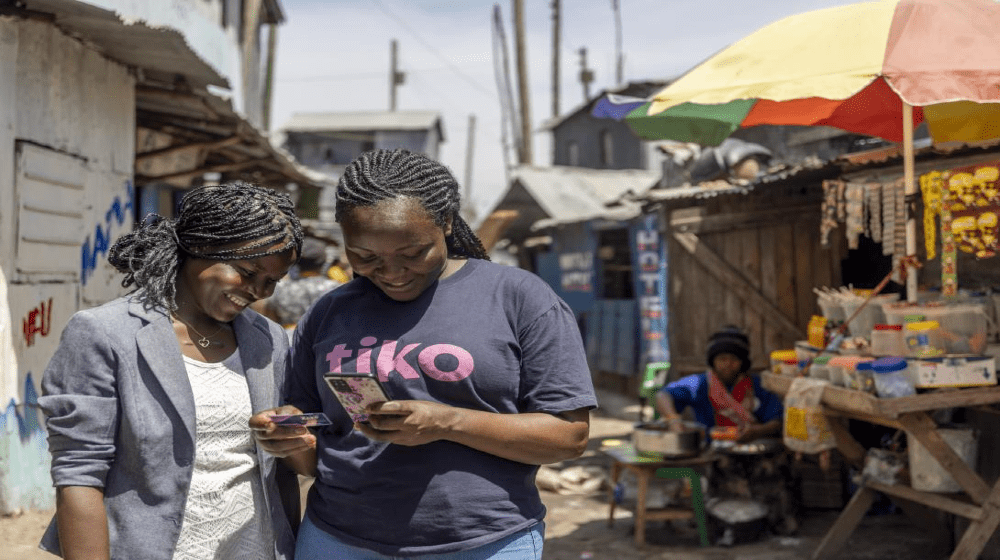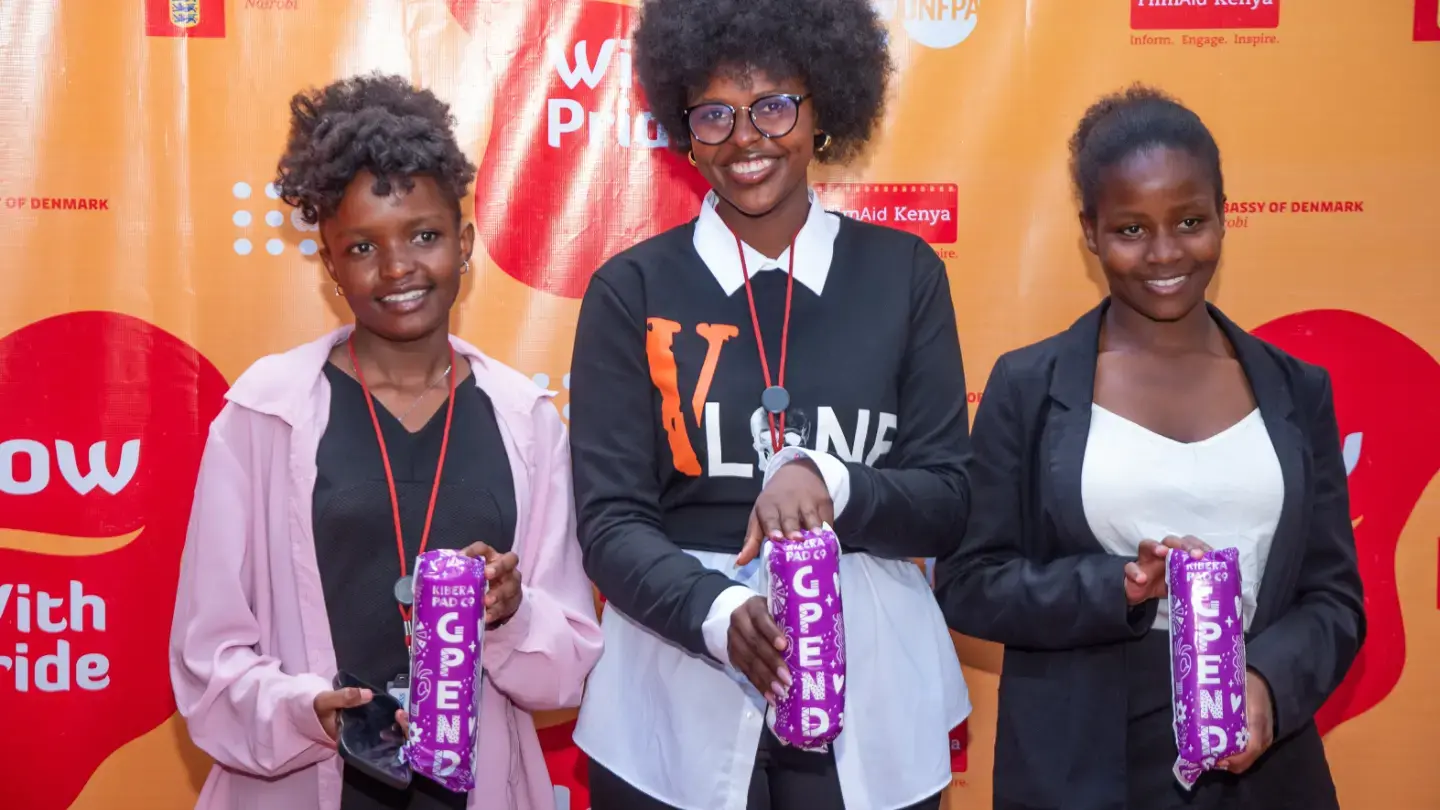Development impact bonds (DIBs) are increasingly appealing alternative funding models for social interventions, as funders only pay for outcomes, not inputs or activities. This characteristic ensures value for money for funders, as capital is invested into achieving goals in the most efficient way. This flexibility allows implementers, such as Triggerise, to adapt projects according to what’s working, making sure that money is only spent where it makes sense. This makes room for context-specific solutions and innovation. For example, in the implementation of this bond, real-time data collection and evaluation were employed to great success in reaching targets months ahead of schedule.
The availability of this data through Triggerise’s digital platform and dashboards means that we’re able to closely monitor the impact of different activities on service uptake and focus on those that are having the greatest impact, and recalibrate those that aren’t working, ensuring value for money for our financial partners, among other benefits. Read on to explore how we achieved this and more.
What is a development impact bond?
As these types of impact bonds are relatively new, a brief overview will be outlined. Often labelled a pay-for-success mechanism, impact bonds deliver return on investment over time. If a project is successful, the investors who provided upfront working capital for implementation are paid out a return by an outcome funder. From 1 September 2020 to 28 February 2022, Triggerise implemented the world’s first adolescent sexual and reproductive health (SRH) DIB in Kenya.
Payment metrics were agreed between the Children’s Investment Fund Foundation (CIFF), who provided upfront capital to implement the bond as the investor, and UKAid, who paid CIFF back in full for their investment – plus a return – as the outcome funder. Together, it was determined that the success of the bond would be measured by two key metrics in Kenya: total SRH visits and total repeat SRH visits, the latter reflecting the number of times adolescent girls returned for more than one service.
Results of the adolescent sexual and reproductive health development impact bond
By the time the 18-month implementation period concluded, Triggerise surpassed its targets by 148%, enabling a total number of 362,092 SRH service visits over the course of the project, against a target of 244,445. Triggerise also surpassed the total repeat SRH visit target by 262%, achieving 118,058 total repeat visits against a target of 45,000.
Collection and interpretation of real-time data is where Triggerise’s digital implementation platform, Tiko, excels. To augment these strengths, we shifted to emphasising the role of community-based organisations in demand generation, incorporated pay-for-performance fees for franchisors, and adopted an outcomes-based financing approach, all ensuring the most effective and efficient roll-out of the programme.
The role of real-time data in the success of this development impact bond
Our data is updated on the platform automatically, which played a pivotal role in delivering on the DIB goals. The data was visualised using dashboards which were made available to programme and donor teams to view at any moment. This meant that when anything happened, anybody involved could see the data updated on the dashboard in real time. Problems were identified and immediately addressed, keeping the programme on track. For example, if the data showed a decline in uptake for a certain service, the platform would alert us and we would dig into potential factors driving the decline. The great advantage of real-time data versus other data collection models is that it improves response to issues and consequently, improves the overall success of a programme.
Service uptake data on the Tiko platform is updated daily, as seen in the picture above [photo grab of service numbers updated on Triggerise website, taken on Triggerise website on 11 November, 2022]
Thanks to Triggerise’s innovative technology, flexible mechanism like this DIB, and the support of CIFF and the Foreign, Commonwealth and Development Office, the programme not only stayed on track according to the predetermined success metrics, but increased performance and readily surpassed targets.
For a full report on this DIB, please find the Government Outcomes Lab case study here.





